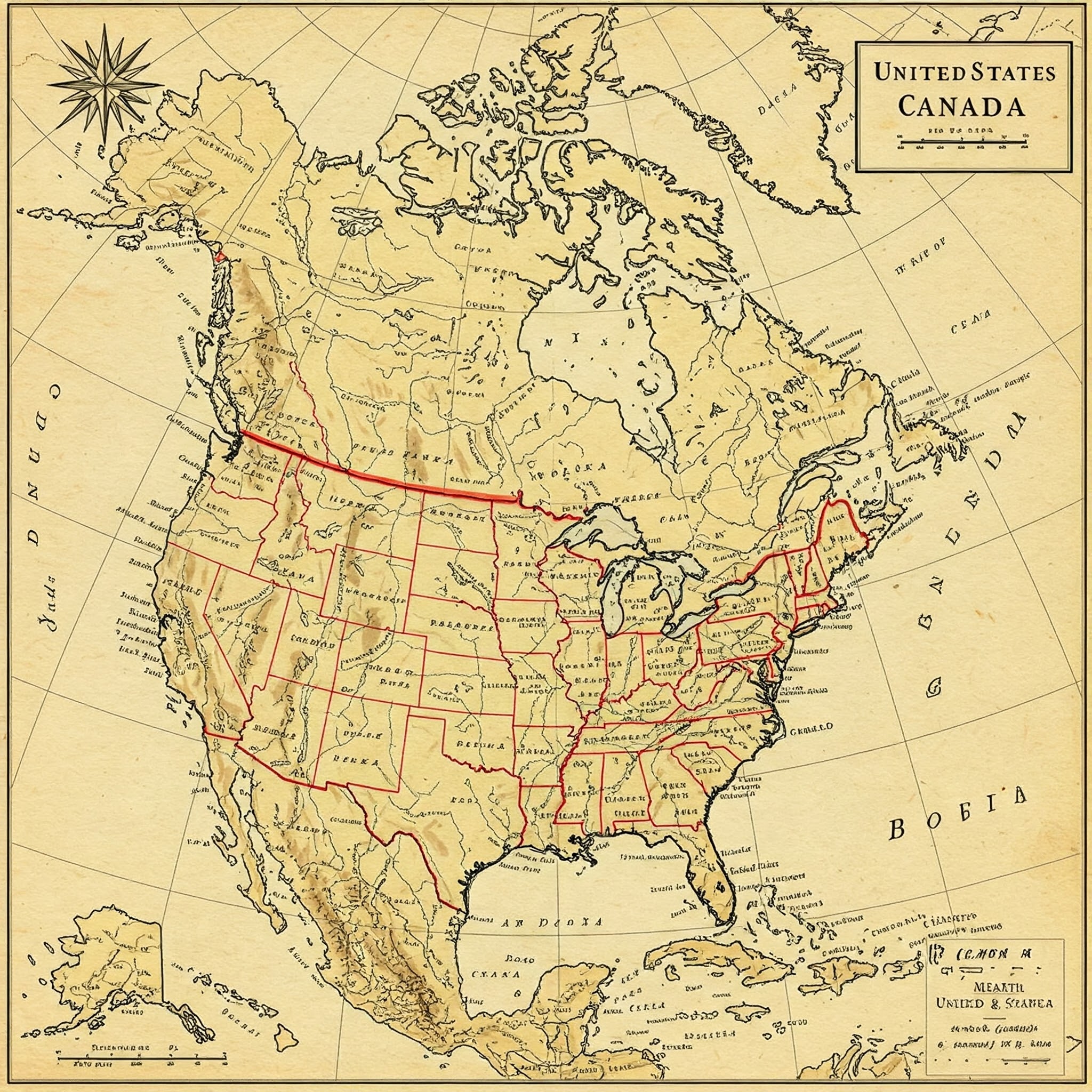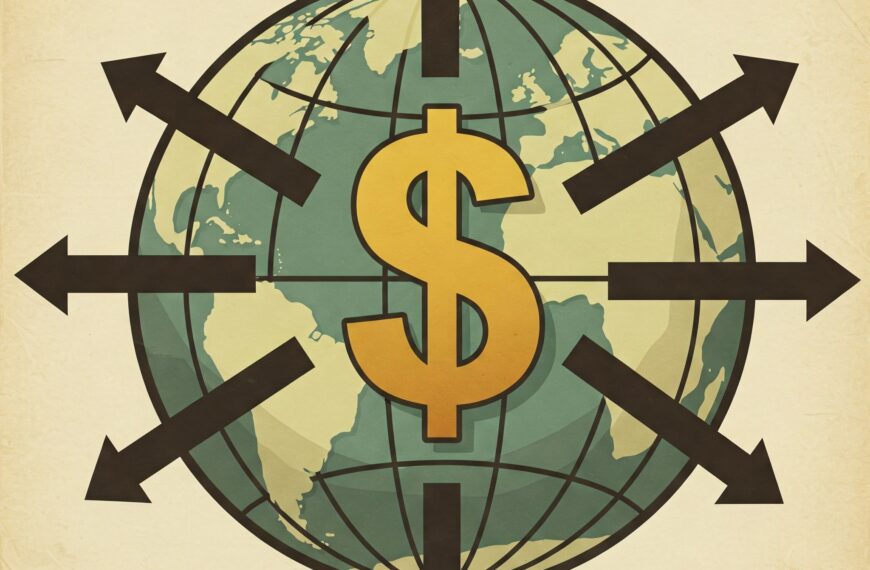Introduction
The historically robust trade relationship between the United States and Canada is facing unprecedented strain as both countries escalate tariff measures against each other. With new rounds of tariffs introduced in early March 2025, economic, political, and social repercussions are already becoming visible on both sides of the border. This post examines the key developments, their potential impact on various sectors, and what may lie ahead.
U.S. Tariffs on Canadian Goods
On March 4, 2025, former U.S. President Donald Trump signed an executive order imposing 25% tariffs on all Canadian imports, excluding energy resources, which are subjected to a 10% tariff. The justification behind these tariffs is rooted in accusations that Canada has not sufficiently addressed the flow of illicit drugs, particularly fentanyl, into the U.S.
Key U.S. Tariffs Imposed on Canada
| Product Category | Tariff Rate |
|---|---|
| All Canadian Imports | 25% |
| Energy Resources | 10% |
Canada’s Retaliatory Tariffs on U.S. Goods
In response, Canada retaliated with 25% tariffs on CAD 30 billion (USD 22 billion) worth of U.S. imports. Furthermore, a second phase of tariffs on an additional CAD 125 billion is under public consultation.
Key Canadian Tariffs Imposed on U.S. Products
| Product Category | Tariff Rate |
|---|---|
| Orange Juice | 25% |
| Peanut Butter | 25% |
| Wine, Spirits, and Beer | 25% |
| Coffee | 25% |
| Household Appliances | 25% |
| Apparel and Footwear | 25% |
| Motorcycles | 25% |
| Cosmetics | 25% |
| Pulp and Paper | 25% |
Note: Additional tariffs on CAD 125 billion pending review.
Economic and Industry Impact
1. Impact on U.S. Consumers and Industries
- Higher Prices: U.S. states like Montana, Maine, Vermont, North Dakota, and Wyoming, heavily reliant on Canadian imports, will see significant price hikes on essential goods.
- Automotive Sector: The deeply integrated North American automotive supply chain faces major disruptions. Companies like Tesla have already raised concerns about the negative impact on production costs and delivery timelines.
- Tourism Decline: A sharp 23% decline in Canadian tourist visits to the U.S. was recorded in February 2025, representing a major loss for the tourism and hospitality sector.
2. Impact on Canadian Economy and Industries
- Export Challenges: Canadian exporters now face reduced market access to their largest trading partner, affecting industries from agriculture to manufacturing.
- Retail Price Hikes: Canadian consumers will see increased prices for U.S. goods such as appliances, food, and luxury items.
- Political Unity: The Canadian government, led by Prime Minister Justin Trudeau, has emphasized a firm stance against what they describe as “unjustified and aggressive tariffs.”
Projected Economic Impact Table
| Sector | Country Most Affected | Estimated Impact |
|---|---|---|
| Automotive Industry | U.S. and Canada | Supply chain disruptions; increased production costs |
| Food and Beverage | Both | Price hikes on imported goods (e.g., coffee, juice) |
| Tourism | U.S. | Loss of revenue from Canadian tourists (23% decline) |
| Retail (Apparel & Appliances) | Canada | Increased consumer prices; reduced variety |
| Agriculture (Pulp, Paper) | U.S. | Loss of Canadian market access for key exports |
Political and Diplomatic Implications
The tariff battle has triggered a serious diplomatic standoff. Prime Minister Trudeau condemned the U.S. measures, calling them a threat to North American economic stability. Talks for resolution appear stalled as both sides entrench their positions. Canadian officials are also reportedly engaging with the European Union and Asian allies to diversify trade dependencies away from the U.S.
Conclusion and Outlook
The escalating trade war between the United States and Canada is set to reverberate through both economies for months, if not years. Industries and consumers will likely bear the brunt through higher prices, supply shortages, and disrupted business operations. As of now, a diplomatic resolution seems distant, with both nations holding firm.
Businesses in both countries should prepare for prolonged economic turbulence and consider alternative sourcing and export markets to mitigate risks. The global community continues to monitor this dispute closely, given its potential to affect broader North American and international trade dynamics.
Sources:
- Associated Press: https://apnews.com/article/06f20e415ec7c706194511c84350b84b
- Barron’s: https://www.barrons.com/articles/tesla-trump-tariffs-trade-musk-556e5862
- Business Insider: https://www.businessinsider.com/canadians-traveling-to-us-fall-boycott-calls-tariffs-trump-trudeau-2025-3
- The Guardian: https://www.theguardian.com/us-news/live/2025/mar/13/donald-trump-tariffs-canada-eu-us-politics-latest-news-updates
- Business Recorder: https://www.brecorder.com/news/40351362
- Torys LLP: https://www.torys.com/en/our-latest-thinking/publications/2025/02/trump-imposes-tariffs-canada-responds

















